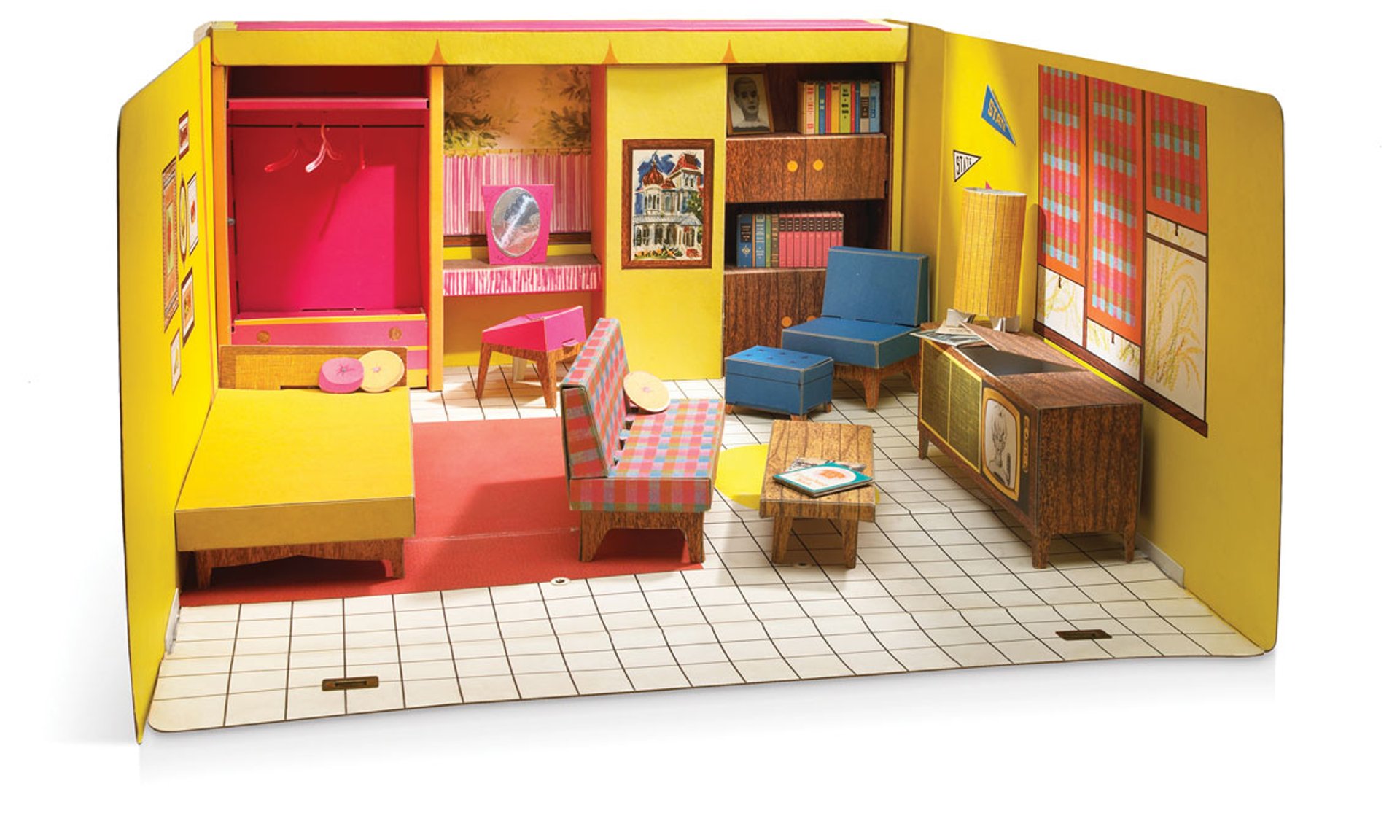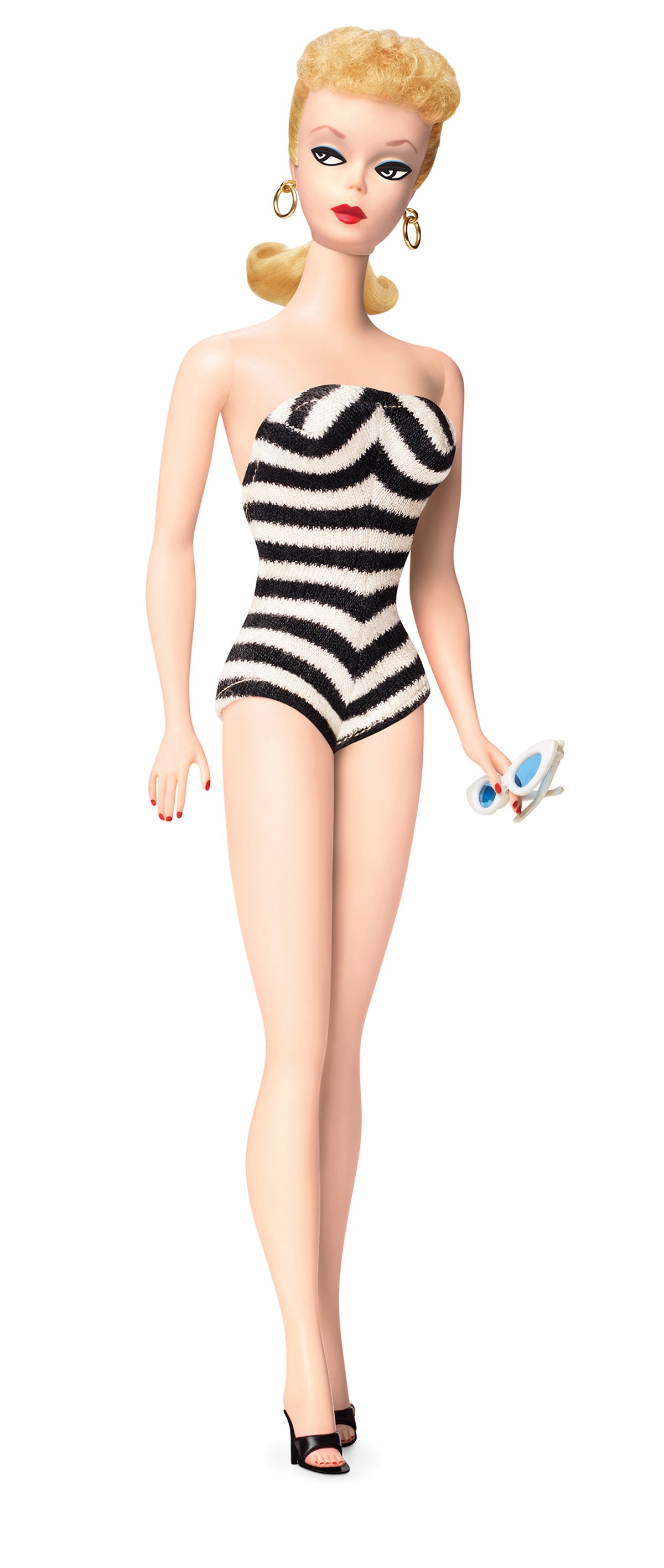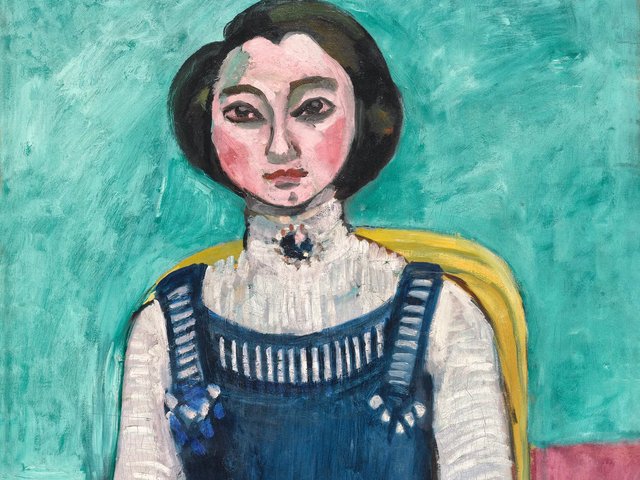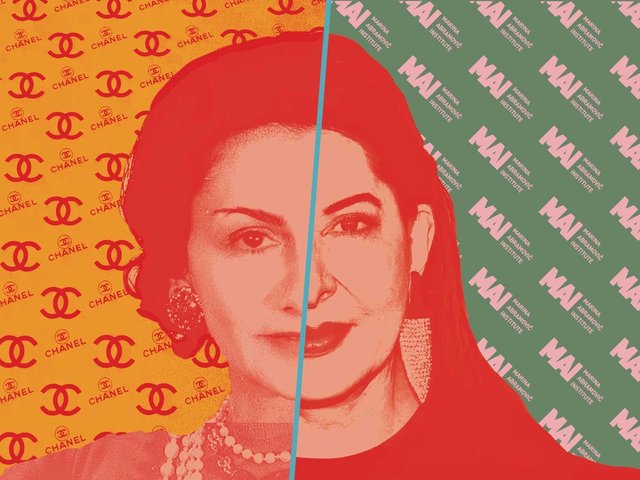A year after the Barbie movie hit the silver screen, London’s Design Museum is opening a Barbie blockbuster of its own. The exhibition, presented in partnership with the toy manufacturer Mattel Inc, will explore the famous doll and her world through a design lens. The show will display more than 250 objects, including 180 dolls, dating from 1959 to the present day.
But do not expect the exhibition to replicate the bright pink, hyper-feminine aesthetic of the Barbie movie (the show’s curator, Danielle Thom, points out that the Design Museum entered into talks with Mattel three years ago, long before the release of the film). “That idea of ‘Barbie equals pink’ is not something that was uniformly present throughout the brand’s entire history. So we’ve tried to be strategic about where we use it and how much,” Thom says, noting that it was not until the late 1970s that Mattel turned its branding and packaging pink.
“There’s definitely a more rainbow-hued version of the Barbie universe,” Thom says. “I think for people who are familiar with Barbie today, or even the Barbie of 20 years ago, the exhibition will throw up a lot of surprises.” The show has been designed by Sam Jacob Studio which, Thom says, has created “a very colourful, tongue-in-cheek response” to the brief, including an enormous plinth in the shape of California for a section about the influence of the Golden State on Barbie and her world.
It’s not a toy designed in isolation from what’s going on around usDanielle Thom, curator
The show will open with a display of the very first Barbie, released in 1959, for which the museum has acquired a rare example (as well as a first edition Ken and the first Dream House, made in 1962). The hand-painted Number 1 Barbie doll, dressed in a black-and-white bathing suit, was bought from a Barbie dealer in the US. While the museum declined to disclose the exact figure, Thom says they sell for “high four figures, sometimes even five figures depending on condition”.
The exhibition is being split into three main thematic sections. Firstly, the doll and its design, focusing on changes in materials and manufacturing and the different iterations that reflected societal trends. This will include interactive CAT scans of an original and contemporary Barbie to show their different internal structures. Secondly, there is a section on the role of play, with displays of the doll’s fashion and “careers”. And lastly, there will be Barbie’s world, looking at the Dream House, the furniture, the cars and accessories.
“I think that people will be pleasantly surprised to realise the extent to which Barbie’s world actually has engaged with the design of our own world. It’s not a toy designed in isolation from what’s going on around us,” Thom says. The exhibition closes with a section on Barbie as a cultural reference point and an inspiration to those working in fashion, design, art and film (including outfits and props from the movie). It is also important to note that Ken will be making an appearance, Thom says. “He’s just Ken but he does get a little display.”

The 1962 Barbie Dream House © Mattel, Inc
Many of the objects are on loan from Mattel’s archives in Los Angeles, which Thom visited in preparation for the exhibition. “We’ve obviously worked to a degree with Mattel because their vision of the brand and their story about themselves and their work over the decades is something we wanted to reflect and remain true to,” she says. The borrowed items include original designs for the dolls and their outfits, as well as materials for the dolls’ hair and skin. Another object is the original prototype for the very first talking Barbie from 1968, which had a transparent plastic torso so that retailers could see the mechanism.
Thom believes the show will bring in many visitors who have never been to the Design Museum before. “I want to be able to talk about Barbie in design terms, but in a way that isn’t going to alienate someone who doesn’t necessarily come from the world of design,” she says, adding that it is aimed more at adults than children. She also hopes that it will remove some people’s negative assumptions around Barbie. “I’m well aware that it’s a brand and a doll with a lot of cultural baggage attached to it and I hope that when people come to this exhibition, they will realise that some of that isn’t warranted and there’s actually a very nuanced and complex story here,” she says.
There are plans for the exhibition to tour internationally too. “I very much hope that people will see the thought process behind the show and that it’s not fluff,” Thom says. “It’s actually a serious subject—the fact that it is a toy designed for children and something that’s very feminine coded in its history and its aesthetic doesn’t prevent us from taking it seriously as a design phenomenon.”
• Barbie®: The Exhibition, Design Museum, London, 5 July-23 February 2025




